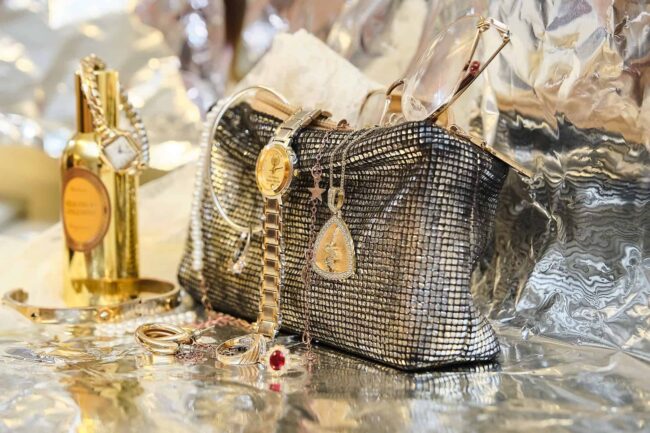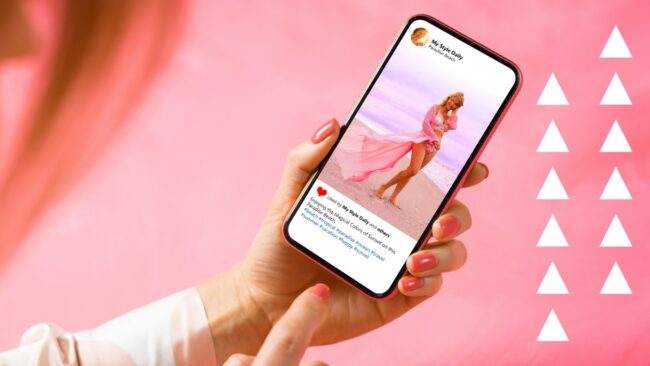Table of Contents
In the age of digital transparency, every fashion campaign lives under the public microscope. Consumers are not only buying clothes; they are investing in what brands represent.
Authentic communication, consistent values, and transparency are now more important than glossy perfection.
For tech-savvy audiences, particularly those engaged in social platforms and e-commerce, credibility depends on how truthfully fashion brands present themselves.
Why Honesty Has Become a Competitive Advantage

In earlier decades, fashion campaigns relied on fantasy. Today, truth sells better than illusion.
Consumers have grown skeptical of airbrushed perfection and exaggerated sustainability claims. Transparency is not a marketing trend; it’s a survival strategy.
Tech-driven customers, who cross-check claims through social media and online reviews, expect evidence.
A brand that misrepresents its sourcing or exaggerates ethical practices can lose trust within hours.
Credibility is now built through small, verifiable actions that align with brand promises rather than polished slogans.
“Modern audiences reward proof, not promises.”
The Role of Technology in Maintaining Brand Authenticity

As brands move into data-driven storytelling, technology helps them back up their messages with measurable facts. AI tools verify supply chains, analyze sustainability reports, and monitor social feedback in real time.
Within this context, communication teams increasingly rely on writing assistance technologies like the paraphrasing tool to refine campaign tone while preserving originality.
It ensures that every message, caption, or ad description remains authentic yet aligned with brand guidelines—without crossing into formulaic or misleading phrasing.
Tech benefits for honest campaigns include:
- Data validation tools confirming sustainable sourcing.
- Image analysis detecting altered or manipulated visuals.
- Automated tone checkers maintaining consistent voice.
- Real-time monitoring for authenticity in influencer content.
Technology doesn’t replace creativity; it enforces accountability.
How Brands Build Trust Through Transparent Storytelling
Transparency in fashion communication goes beyond posting “behind-the-scenes” videos. It’s about consistent honesty—from sourcing materials to pricing strategies and social impact.
Brands that show their process, not just their product, foster emotional connection.
Example of transparent storytelling:
| Element | Description | Example |
| Material sourcing | Reveal origin and sustainability data | “Made with organic cotton from Turkey’s Izmir region.” |
| Manufacturing | Show real workers and conditions | Short-form video tour of partner factories |
| Pricing | Explain cost breakdown | “40% production, 30% logistics, 30% retail margin.” |
When these details are presented clearly, the audience perceives honesty as part of the brand’s DNA, not as a campaign gimmick.
Avoiding Greenwashing and Ethical Pitfalls
Sustainability sells, but false claims destroy reputation faster than anything else. Greenwashing, when brands exaggerate or fabricate eco-friendly claims, can quickly backfire under digital scrutiny.
To prevent this, brands use third-party certifications, blockchain-based tracking, and transparent reporting. When backed by technology, even complex supply chains can become visible and credible.
Key warning signs of inauthentic campaigns:
- Vague claims like “eco-conscious” without proof.
- Overuse of emotional appeal with no data.
- Inconsistent messaging across regions.
Honest campaigns don’t rely on exaggeration, they rely on verified impact.
The Psychology of Credibility in Fashion Marketing

Understanding consumer psychology is crucial. Research shows that audiences equate visual realism, emotional tone, and factual evidence with authenticity. When campaigns show imperfect moments or real models, they perform better in engagement metrics.
A 2024 survey by NielsenIQ found that 67% of consumers prefer fashion brands that display real people instead of professional models. Authentic representation triggers emotional trust because it mirrors reality rather than ideals.
Emotional honesty, supported by transparent facts, generates credibility that no algorithm can simulate.
Balancing Creativity and Accuracy in Campaign Messaging
Creative teams often walk a tightrope between artistic expression and factual precision. Overly literal campaigns risk dullness, while exaggerated claims risk backlash. The solution lies in creative integrity—using innovation without distortion.
For instance, digital tools can enhance storytelling without manipulating truth:
- AR filters can visualize sustainability journeys.
- Interactive infographics can show carbon footprint data.
- AI-driven chatbots can answer consumer questions about sourcing.
These approaches maintain creativity while letting consumers verify claims instantly, merging art and accuracy into one coherent narrative.
Influencer Partnerships and Brand Accountability

Influencer collaborations remain powerful but risky. The credibility of a campaign depends on the integrity of the people representing it. If influencers promote brands with unclear practices, audiences see it as hypocrisy.
That’s why leading fashion labels now vet influencer partners through digital authenticity audits, verifying their engagement, tone consistency, and history of transparency.
Best practices include:
- Providing influencers with verified product information.
- Monitoring for accurate representation across platforms.
- Encouraging disclosure of sponsorships clearly.
When influencers communicate truthfully, they reinforce, not replace, the brand’s credibility.
Measuring the Impact of Honest Messaging

Honest campaigns are not just morally right, they are financially strategic. Transparent communication increases engagement rates and customer retention. Brands that openly share their processes experience higher lifetime value among customers who appreciate integrity.
Subnote: According to McKinsey’s 2025 digital brand trust study, companies rated “highly transparent” experienced 23% faster online sales growth compared to competitors in the same segment.
This data shows that credibility translates directly into measurable success. When audiences trust what they read, they’re more likely to act on it.
Integrating Technology with Ethical Communication
In the coming years, AI will play an even larger role in preserving ethical advertising standards. Advanced verification systems will detect altered visuals, prevent misinformation, and flag inconsistencies in claims before campaigns go live.
For fashion brands, integrating technology into creative workflows ensures that innovation never overshadows honesty.
It also creates a seamless bridge between brand teams, data analysts, and public relations departments, making campaigns both visually appealing and verifiably true.
Transparency and tech are no longer separate forces; they define the same goal.
Final Thoughts
Fashion credibility in the digital era depends on the marriage between truth and technology. Audiences reward transparency because it respects their intelligence and reflects modern values.
From AI-based verification tools to ethical influencer partnerships, honest messaging has become both a creative and commercial advantage.
A brand’s real power now lies not in the perfection of its visuals but in the authenticity of its voice.
Those who maintain truth in their storytelling will outlast trends, algorithms, and public scrutiny – proving that in modern fashion, honesty never goes out of style.



